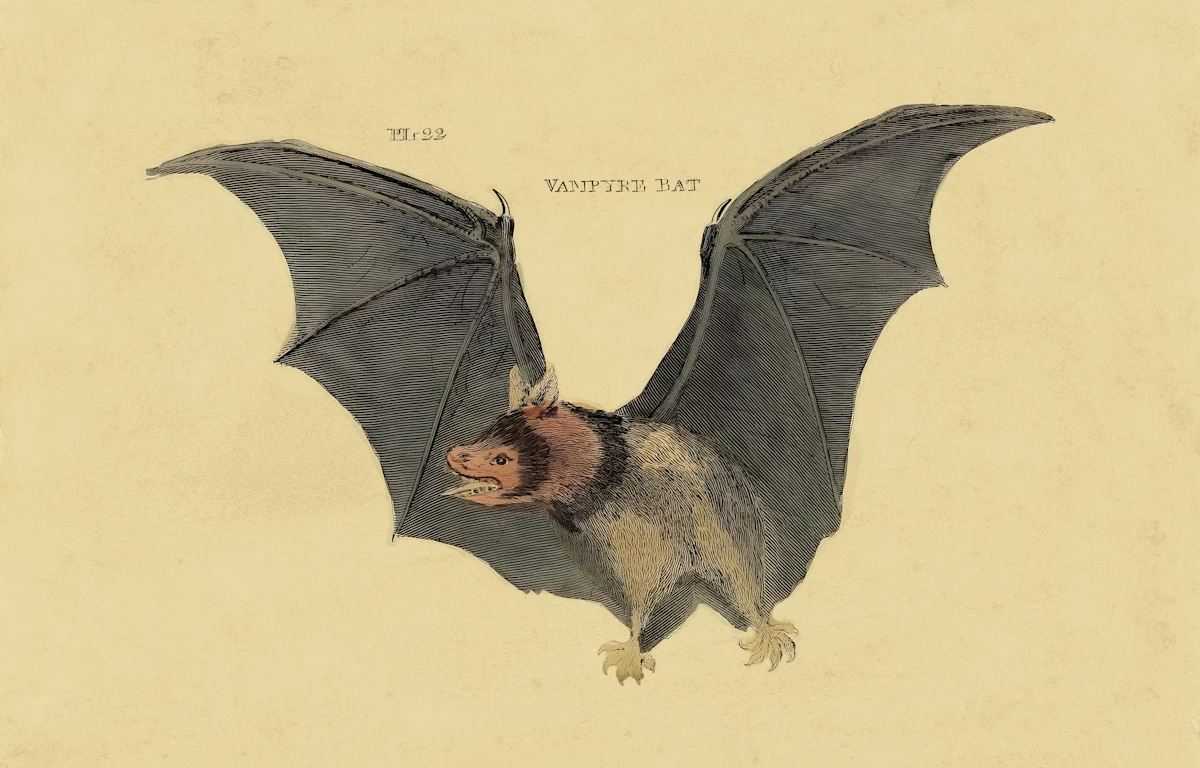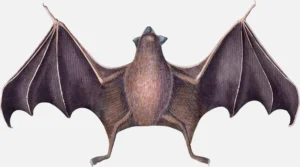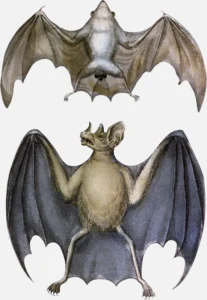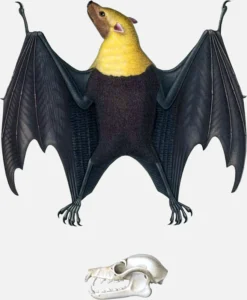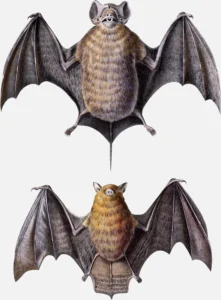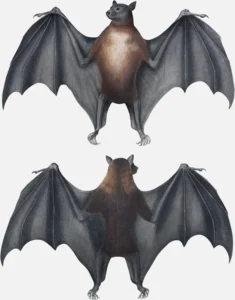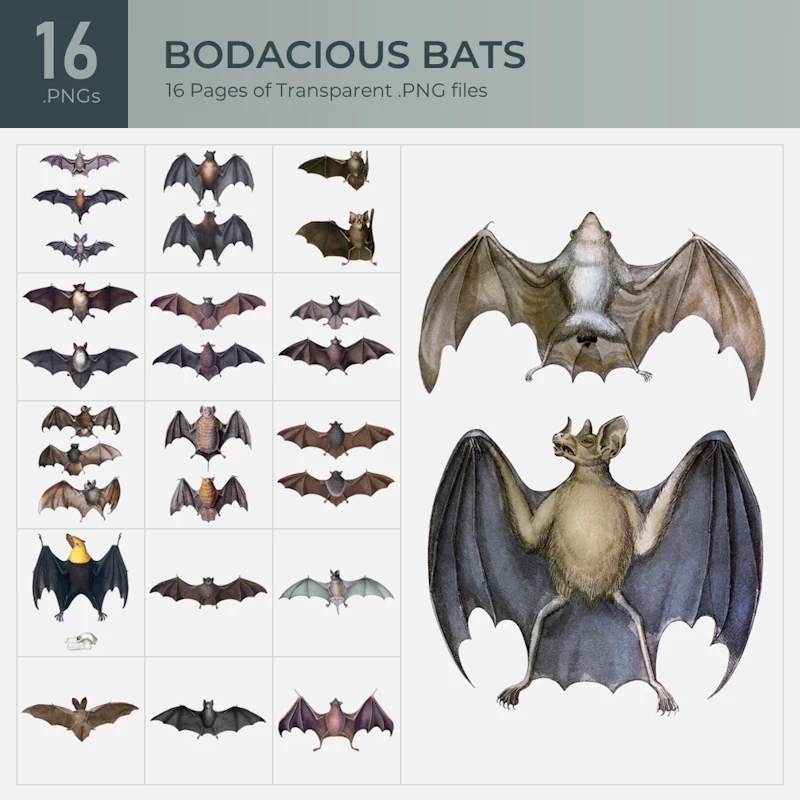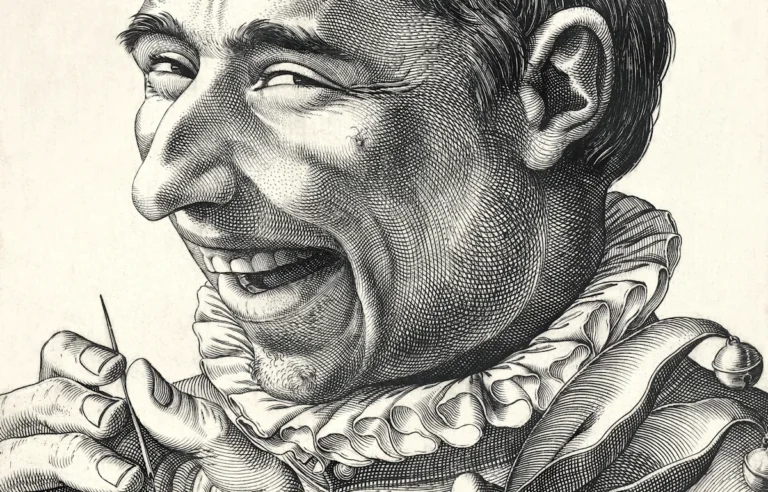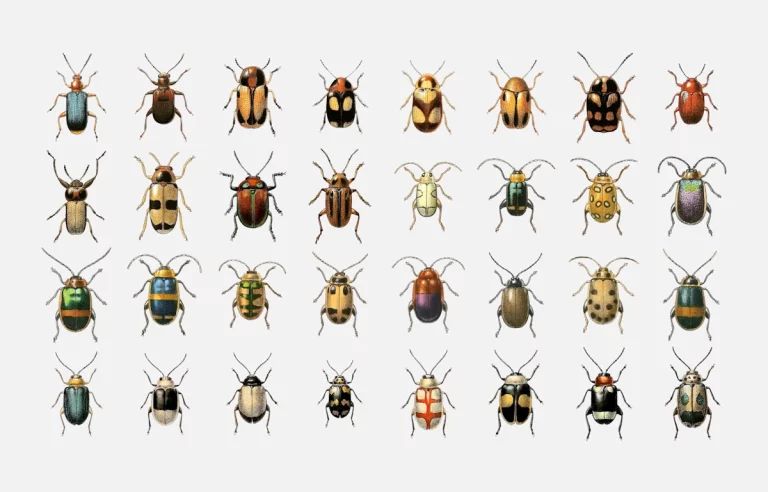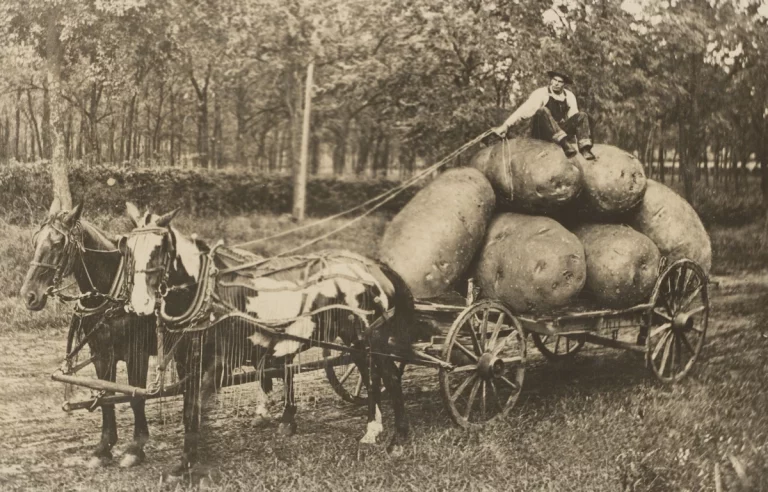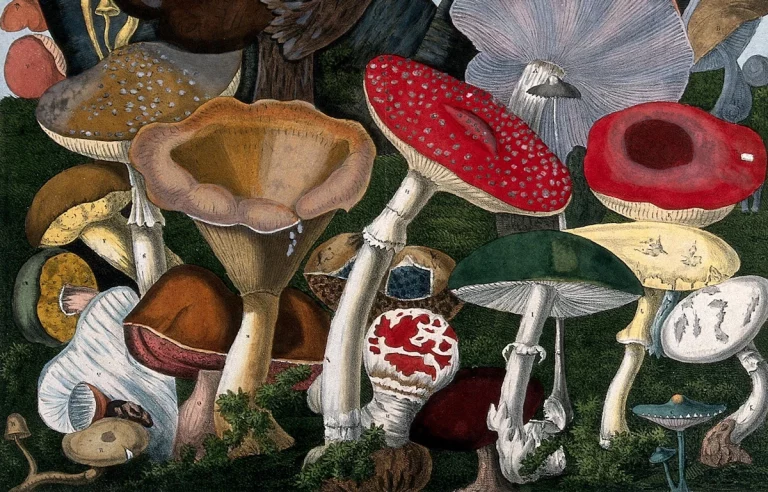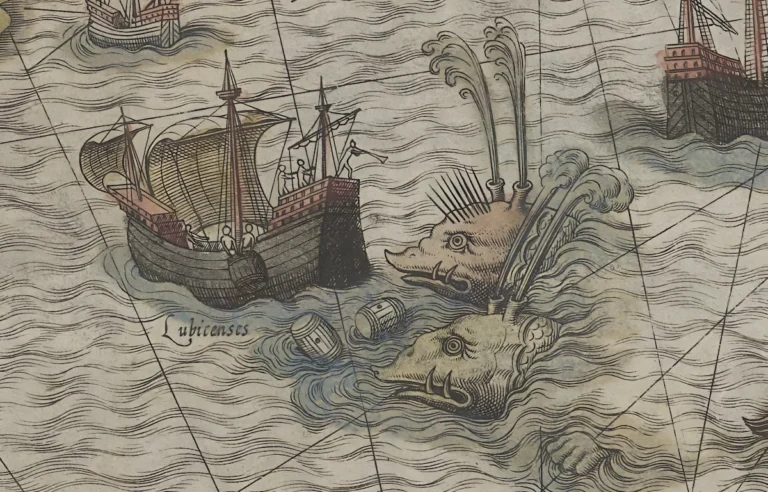Spooky Bats of the Public Domain
Bats have a reputation that’s part spooky and part misunderstood. Whether it’s their association with Halloween or vampire legends, these nocturnal creatures have long captivated imaginations. However, the real bats that flutter around in the night are far more fascinating than fiction can ever make them. Bats are among the most diverse mammals on the planet, with over 1,400 species calling the skies their home. They are found on every continent except Antarctica and play critical roles in maintaining healthy ecosystems.
From controlling insect populations to pollinating plants and dispersing seeds, bats are incredibly important to the environment. Let’s take a closer look at some of the most intriguing bat species, their remarkable behaviors, and their ecological importance. These creatures are far more than just spooky shadows in the night!
The Vampire Bat: Bloodthirsty, but Not How You Think
When it comes to spooky, vampire bats top the list. Native to South and Central America, these small bats are known for their unique and somewhat gruesome diet: blood. Unlike most bats that eat insects, fruit, or nectar, vampire bats survive solely on blood, a feeding habit known as “hematophagy.”
Vampire bats have razor-sharp teeth that allow them to make tiny cuts in their prey’s skin. Their saliva contains an anticoagulant that prevents the blood from clotting, so they can enjoy a steady meal. Most of the time, they feed on livestock like cows or horses, though they can also drink from birds and other mammals.
Interestingly, vampire bats are among the few bat species that can walk, run, and jump on the ground. This unique ability helps them get close to their prey. Newborn vampire bats rely on their mother’s milk for the first three months, but after that, it’s all blood, all the time. While this diet may sound horrifying, these bats are crucial to their ecosystems by helping control animal populations and ensuring balance in the food web.
Ghosts of the Night: The Northern Ghost Bat and Spectral Bat
Some bats sound like they’ve flown straight out of a haunted house, like the northern ghost bat and the spectral bat. The northern ghost bat gets its name from its ghostly white fur, which helps it blend into the misty forests of South and Central America. These bats are insectivores, meaning they feed primarily on insects like moths, which they catch mid-flight using their super-sharp hearing.
On the other hand, the spectral bat, also known as the Great False Vampire Bat, is the largest carnivorous bat in the world, with a wingspan reaching up to one meter. These bats are powerful predators and feast on birds, rodents, and even other bats! Because they’re so good at catching prey, spectral bats act as top predators in their ecosystems, helping keep populations of smaller animals in check.
Unfortunately, these bats often face danger from humans. In some areas, like Trinidad, spectral bats are mistaken for actual ghosts and are sometimes killed. Habitat destruction and hunting are other threats, which have led to their classification as “near threatened.”
Seba’s Short-Tailed Bat: The Busy Bee of the Bat World
Next up is Seba’s short-tailed bat, a species that’s small but mighty in its ecological impact. Found in South and Central America, this bat has a very diverse diet. It eats fruits, insects, nectar, and pollen, making it a crucial player in pollinating plants and dispersing seeds. In fact, without bats like Seba’s short-tailed bat, many tropical forests would struggle to regenerate.
These bats are highly adaptable and can live in a variety of environments, including captivity. Because of this, Seba’s short-tailed bats are commonly found in zoos and wildlife centers, where they help educate the public about the importance of bats. Researchers also study them to learn more about their behavior and role in ecosystems.
Fruit Bats: The Flying Foxes of the Tropics
Fruit bats, also known as flying foxes, belong to the Pteropodidae family and are mostly found in tropical and subtropical regions of Africa, Asia, Australia, and the Pacific Islands. These bats are much larger than their insect-eating cousins, with some species sporting wingspans of up to five feet! But don’t let their size scare you—fruit bats are gentle giants.
These bats use their excellent sense of smell and keen eyesight (they don’t use echolocation like most other bats) to find ripe fruits and nectar, helping pollinate plants and spread seeds over wide areas. In fact, some plants, like the durian fruit in Southeast Asia, rely almost exclusively on fruit bats for pollination. However, despite their importance, fruit bats are often misunderstood and feared, leading to unnecessary persecution.
Conservation programs and education efforts are essential to help protect these valuable bats and their habitats. Without them, many ecosystems would struggle to thrive.
The Velvety Free-Tailed Bat and the Red Myotis Bat: Pest Controllers of the Sky
The velvety free-tailed bat (Molossus molossus) and the red myotis bat (Myotis ruber) might not have the spooky names, but they are essential to ecosystems in South America. The velvety free-tailed bat gets its name from its soft, velvety fur and distinctive tail that sticks out from its wings. These bats are insect-eating machines and can catch their prey while flying at high speeds. Because of this, they are invaluable for controlling insect populations, especially in agricultural areas where pests can destroy crops.
Similarly, the red myotis bat, with its reddish-brown fur, plays an important role in controlling beetles, moths, and other insects. They roost in caves, hollow trees, and even buildings, making them highly adaptable to different environments. Both of these bat species help farmers by keeping pest populations in check, which reduces the need for harmful pesticides.
The Chuuk Flying Fox: An Island Resident in Trouble
One of the most endangered bats in the world is the Chuuk flying fox, native to the tiny Caroline Islands in Micronesia, particularly the island of Chuuk. These medium-sized fruit bats have striking golden-brown fur and a wingspan of about one meter. Like other fruit bats, Chuuk flying foxes feed primarily on fruits, nectar, and flowers, making them key pollinators and seed dispersers for the plants in their native island habitats.
Unfortunately, these bats are facing a serious decline due to habitat loss and hunting. As people clear forests for development, Chuuk flying foxes lose their homes and food sources. Hunting also threatens their survival, leading to their listing as endangered. Conservation efforts are critical to saving this unique species and the vital role they play in their island ecosystems.
Bats in Peril: The Challenges They Face
While bats are essential to ecosystems, they face many challenges that threaten their populations. One of the biggest issues is habitat destruction. As forests are cleared for agriculture, development, and logging, bats lose their homes and their food sources. Urbanization also poses a problem, as bats struggle to find safe places to roost in areas dominated by buildings and roads.
Another major threat is disease. In North America, a fungal disease called white-nose syndrome has decimated bat populations. The fungus grows on the bats’ skin while they hibernate, disrupting their sleep and causing them to use up their fat reserves too quickly. Many bats die from exhaustion or starvation as a result. Some species, like the little brown bat, have seen their populations decline by as much as 90% due to white-nose syndrome.
Additionally, climate change is affecting bat populations worldwide. As temperatures rise, some bat species are struggling to find suitable habitats or food sources. Changes in rainfall patterns and the availability of plants can disrupt their feeding and migration habits, further threatening their survival.
Conservation Efforts: Helping Bats Thrive
Despite these challenges, many conservationists are working hard to protect bats and their habitats. Efforts include preserving roosting sites, restoring forests, and educating the public about the importance of bats.
One interesting conservation method is the installation of artificial bat houses. In areas where natural roosting sites have been destroyed, these houses provide safe places for bats to live and breed. Bat houses are especially important in urban areas, where bats may struggle to find suitable homes.
Research is also playing a critical role in bat conservation. Scientists are studying bat genetics to understand population dynamics, migration patterns, and how different species interact with their environments. This information can help inform conservation strategies and ensure that bats have the resources they need to survive.
Public education is key to dispelling myths about bats and encouraging people to support conservation efforts. Bats are often misunderstood as dangerous or disease-ridden, but the reality is that they are gentle creatures that play essential roles in ecosystems. By raising awareness about their importance, conservationists hope to change the way people view bats and promote a future where they are valued and protected.
Conclusion: Bats Are More Than Just Spooky Creatures
Bats are much more than the spooky, misunderstood creatures we often imagine them to be. From vampire bats that drink blood to fruit bats that pollinate plants, each species has a unique role in its ecosystem. Whether they are controlling insect populations, dispersing seeds, or pollinating flowers, bats are vital to the health of our planet.
While they face many threats, from habitat loss to disease, conservation efforts are helping to protect these incredible animals. By understanding their importance and taking action to protect their habitats, we can ensure that bats continue to thrive for generations to come. So the next time you see a bat flitting through the night sky, remember that they’re not just spooky—they’re essential.


